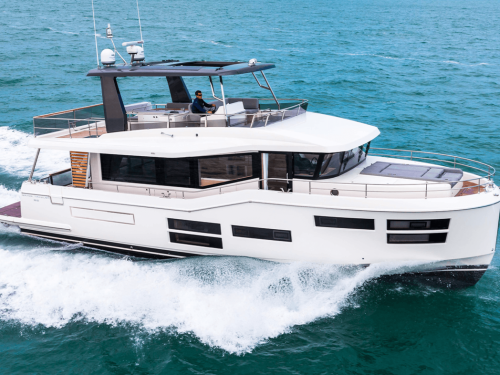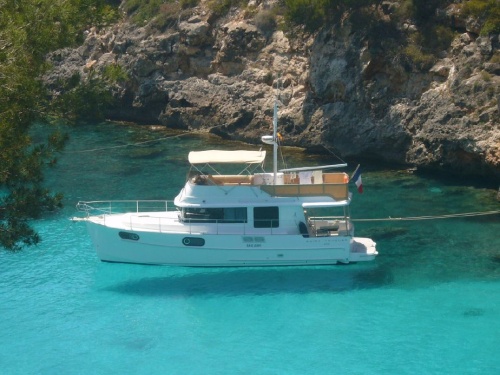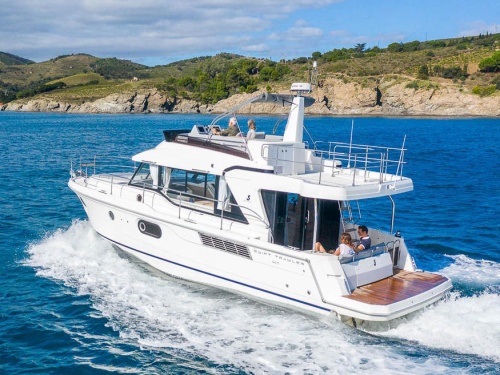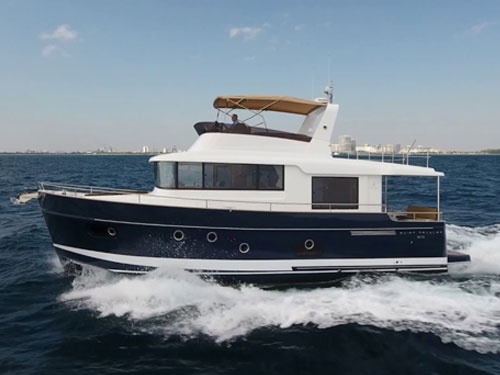Access More Boat Tests
Already have an account? Login
By submitting this form, you acknowledge that you have read and agree with the Privacy Policy & Terms of Use of BoatTEST.com.
Beneteau Swift Trawler 47 (2019-)
2 x 425-hp Cummins QSB 6.7L
Price
See the price by becoming
a BoatTEST member.
Members Must Log In
Brief Summary
The Swift Trawler 47 is Beneteau’s recent addition to the Swift Trawler line. The vessel features an open deck layout, modular cockpit, fly bridge and sleeping accommodations for up to eight. This vessel is a cruiser ideal for couples or families looking to enjoy the simple life of enjoyable coastal and near-island cruising, and day boating around home.



